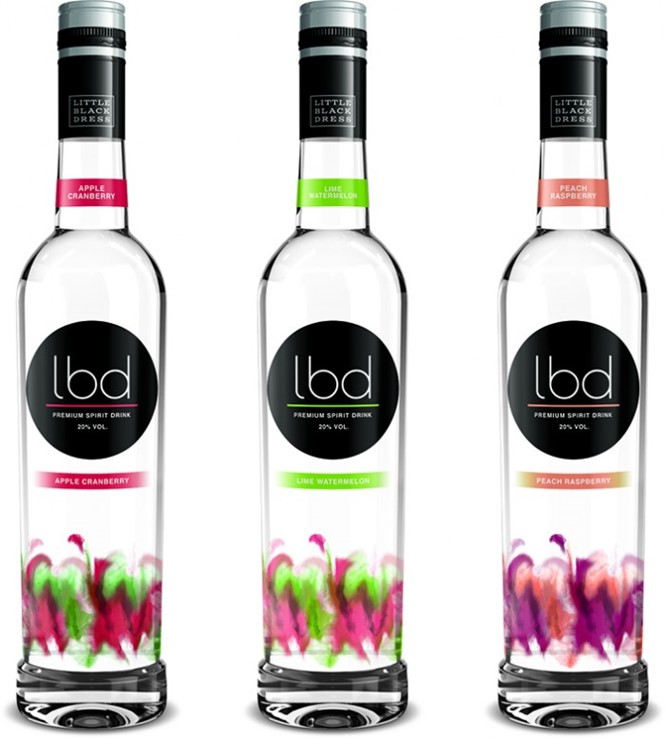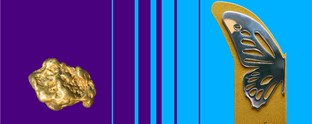Avoiding clichés in gender-specific alcohol packaging

Brands are targeting a new generation of women who reject the flowery, pink-hued packaging designs of the past. Vodka brand LBD – launched in the UK this spring by Brown-Forman – is aimed at 19-24 year-old women who are after a good time, but is seeking to avoid some of the cliches of female-targetted branding.
LBD, as every girl apparently knows, stands for little black dress. The range of mid-strength, 20% ABV flavoured vodkas, available through Asda stores, is tapping into a trend for lighter, less potent, alcoholic drinks.
The branding was created by the London office of agency Lothar Böhm Associates. Director Adrian Goldthorpe says, “We wanted to capture the female look and feel of the millennial generation rather than being a pastiche of femininity.” His team looked at the styling of fashion brands such as Stella McCartney and Chanel when researching branding for LBD. “They are very feminine but don’t necessarily have a girly look. Women hate the idea that if it is female branding you have to make it pink with flowers and handwritten script,” he says.
The design of LBD’s packaging aims for simplicity and elegance. The brand name is framed in a black circle, reminiscent of clothing tags in high end stores, with the LBD name in a lower case sans serif typeface.
Drinks manufacturers have made various attempts at creating products that appeal to women in recent years. Carling launched a female-oriented beer, the low-alcohol Carling Fruit Coolers range, though this came after the brewer withdrew a previous beer brand for women called Animee. Treasury Wine Estates launched Bella Vie wines with classic flower-strewn branding. A few years ago, Cadbury launched the Bliss chocolate bar aimed at women, with a swirly handwritten logo and advertising using the theme of pampering. The brand appears to have been axed in the UK.
Brands believe there is a strong market for female-specific products in drinks, snacks and chocolate. But the challenge is to find a design language that resonates with a new generation of women and escape the stereotypes of femininity which are still prevalent on supermarket shelves.


